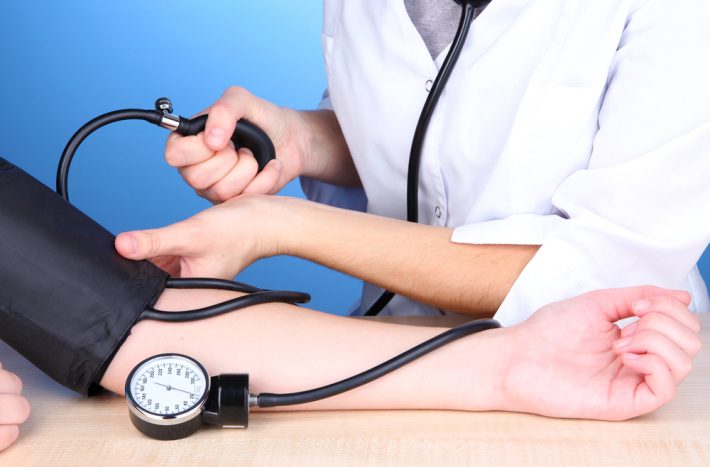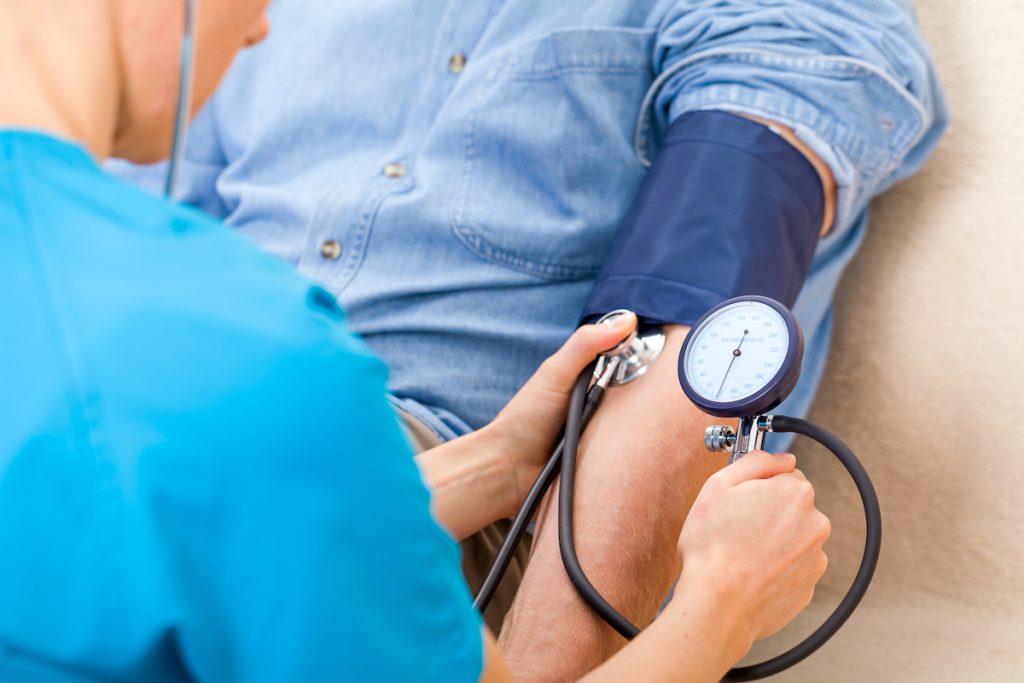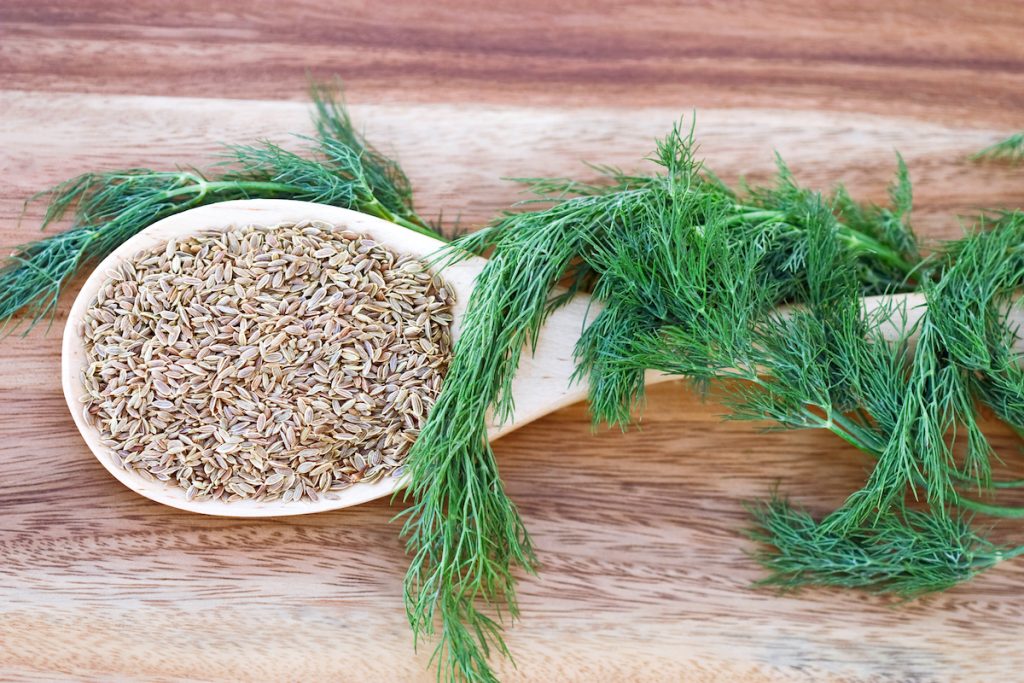Blood pressure is a purely individual indicator and depends on many factors, but nevertheless there is a certain average medical norm. However, indicators vary depending on the time of day and the age of the person. Normal pressure in an adult should be determined only at rest, since both emotional and physical stress affect the pressure.
People of all ages complain of high or low pressure. But how do you know when you are in danger and need help?
Blood pressure is a purely individual indicator and depends on many factors, but nevertheless there is a certain average medical norm. However, indicators vary depending on the time of day and the age of the person. Normal pressure in an adult should be determined only at rest, since both emotional and physical stress affect the pressure. Even with a slight load on the body, the indicators rise by about 20 mm Hg (pressure units). This is due to the fact that working muscles and organs need better blood supply.
How to measure pressure?
For measuring blood pressure there is a tonometer device, it is best to use an automatic one. For correct results, you must follow these rules:
- You must not perform any physical activity before measuring the pressure.
- Smoking is prohibited.
- Measuring blood pressure after a meal will give incorrect results, so measure it on an empty stomach.
- Measure blood pressure in a comfortable and relaxed sitting position, especially sitting up straight.
- The hand on which you measure the pressure must be at heart level.
- You must remain still and not speak while taking the measurement.
- The results are taken from both hands at intervals of ten minutes.
Pressure standards for all age categories
Blood pressure consists of two numbers, the upper number is the renal pressure and the lower number is the cardiac pressure. The standards for correct blood pressure are:
- In a child under one year – boys 96/66 (upper/lower) and girls 95/65 mm Hg.
- In children under 10 years 103/69 in boys and 103/70 mm Hg in girls.
- For young people under 20 years of age, 123/76 for boys and 116/72 mm Hg for girls.
- For those over 30 years of age, 126/79 for males and 120/75 mm Hg for young females.
- For persons over 40 years of age for males 129/81 and for females 127/80 mm Hg.
- For 50-year-olds, 135/83 for men and 137/84 mm Hg for women.
- For seniors in their 60s for men 142/85 and for women 144/85 mm Hg.
- For seniors in their 70s, 145/82 for men and 159/85 mm Hg for women.
- For those in their 80s, for men 147/82 and for women 157/83 mm Hg.
- For the elderly over 90 years of age, 145/78 for men and 150/79 mm Hg for women.
What to do if the pressure is high?
Pour hot water into a bowl and dip your feet into it. While the water cools (about twenty minutes) the pressure should drop by 15-20 mm Hg. If you have varicose veins, submerge your elbows instead of your feet. In addition, dill also lowers blood pressure. You can help yourself by boiling two tablespoons of dill seeds in half a litre of water and then letting the liquid cool. Drink 1-2 teaspoons of this at a pressure of up to 200 mm Hg, and 3-4 teaspoons at an even higher one.










